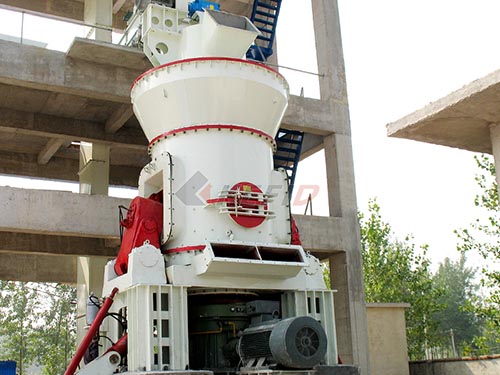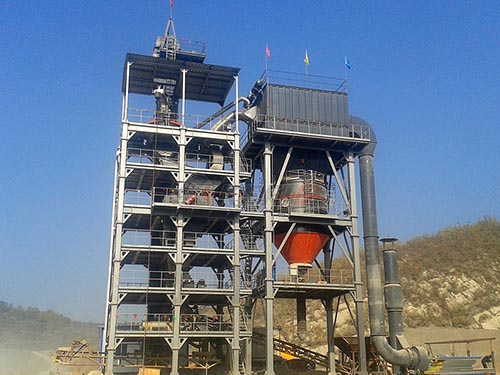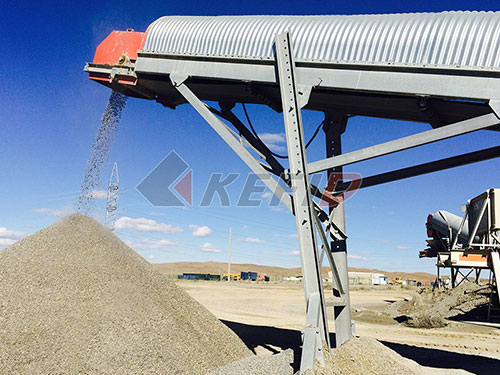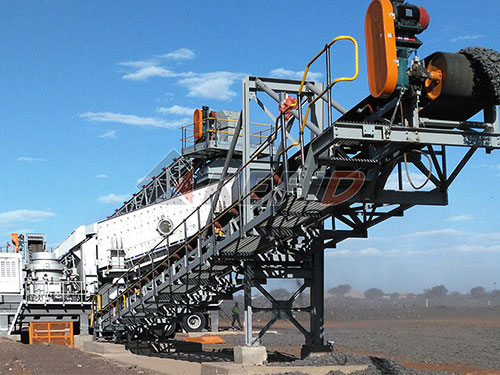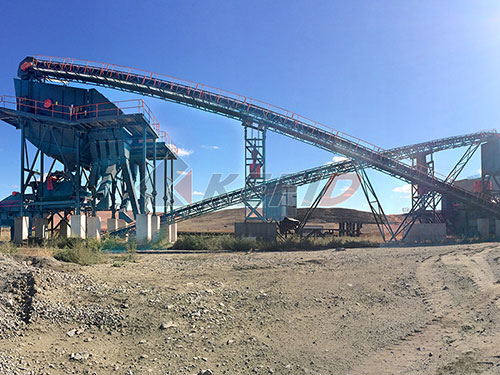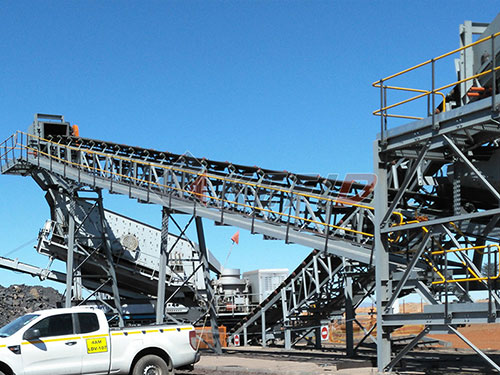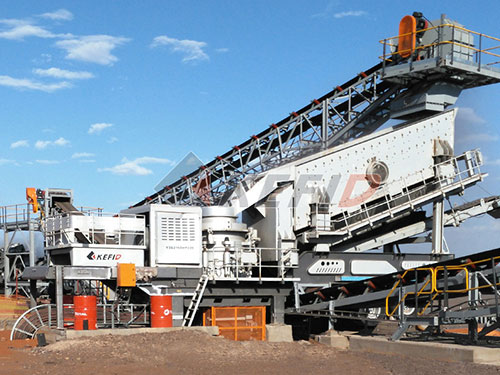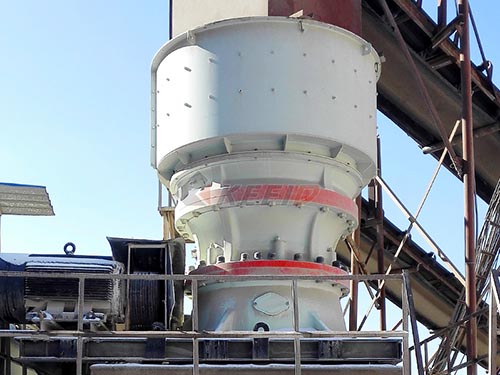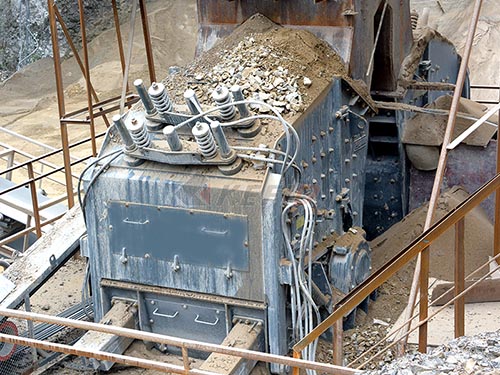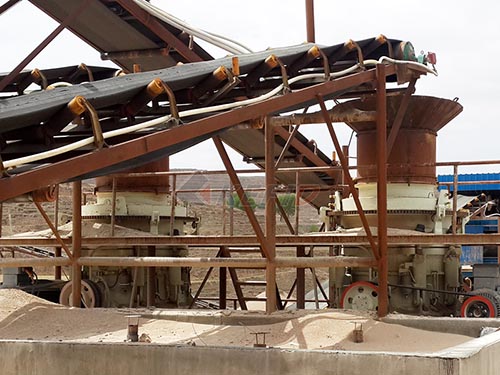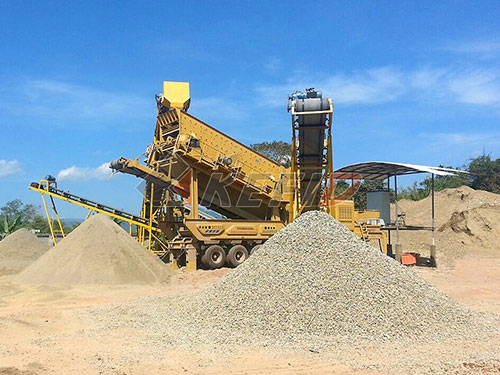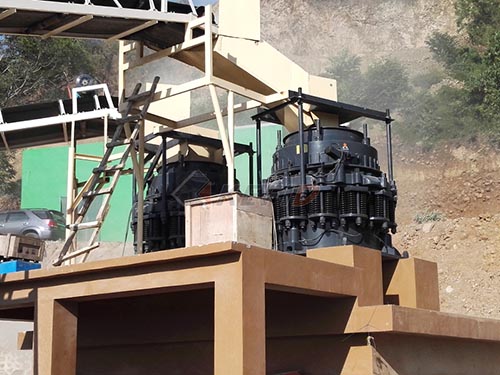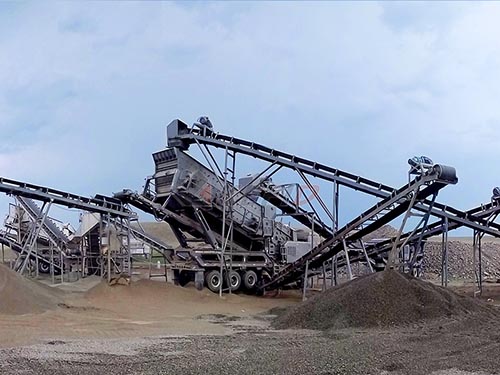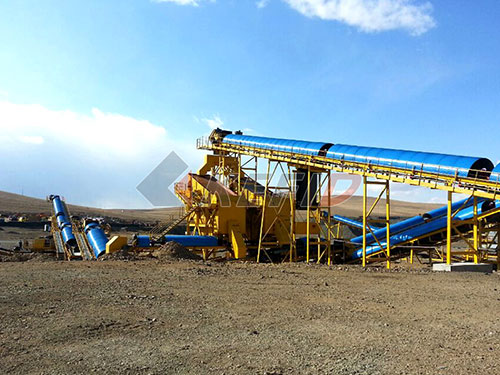Navigating the Complexities: Understanding Kobe Cone Crusher Pricing Dynamics in the Brazilian Market
The Brazilian mining and aggregate industry stands as a cornerstone of the nation’s economy, driven by vast mineral reserves and ambitious infrastructure projects fueling demand for robust crushing equipment. Within this landscape, cone crushers play a pivotal role in secondary and tertiary crushing stages, prized for their efficiency and particle shape control. For companies evaluating equipment options, understanding the pricing landscape for established brands like Kobe cone crushers within Brazil involves navigating a complex interplay of factors far beyond a simple sticker price.
The Legacy of Kobe Crushers
Kobe Steel Ltd., historically renowned for its high-performance crushing equipment under brands like Kawasaki Heavy Industries (KHI) and later merged into EarthTechnica Co., Ltd., built a strong reputation globally and within Brazil for durable, reliable cone crushers known for their advanced engineering and longevity. Models like the Cybas Cone were particularly noted for their innovative design focusing on high capacity and fine product shape.
However, it’s crucial to acknowledge the significant shift: Kobe Steel ceased manufacturing new cone crushers several years ago. While parts support continues through EarthTechnica and global distributors like Minprovise (in certain regions), new Kobe-branded cone crushers are no longer produced or sold directly by the original manufacturer.
Therefore, discussions around “Kobe Cone Crusher Price” in Brazil today primarily revolve around two distinct markets:
1. The Secondary Market: Pricing for used or refurbished Kobe/Kawasaki/EarthTechnica cone crushers.
2. The Parts & Support Market: Pricing for genuine wear parts, liners, bearings, seals, etc., essential for maintaining existing operational units.
Factors Dictating Secondary Market Value

Pricing for pre-owned Kobe cone crushers in Brazil is highly variable and influenced by numerous factors:
1. Model & Size: Larger capacity models designed for hard rock mining applications command significantly higher prices than smaller aggregate-focused units.
2. Condition: This is paramount.
Excellent Condition: A well-maintained unit with recent major component replacements (bearings, bushings), good liners remaining life (>50%), documented service history, minimal wear on main frame/socket/head will fetch top dollar.
Average Condition: Functional but requiring some immediate attention or imminent liner change; may have undocumented history.
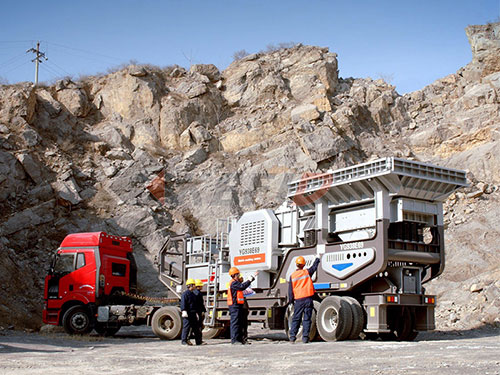
Poor Condition / Project Crusher: Units requiring extensive rebuilds – potentially needing new eccentrics


